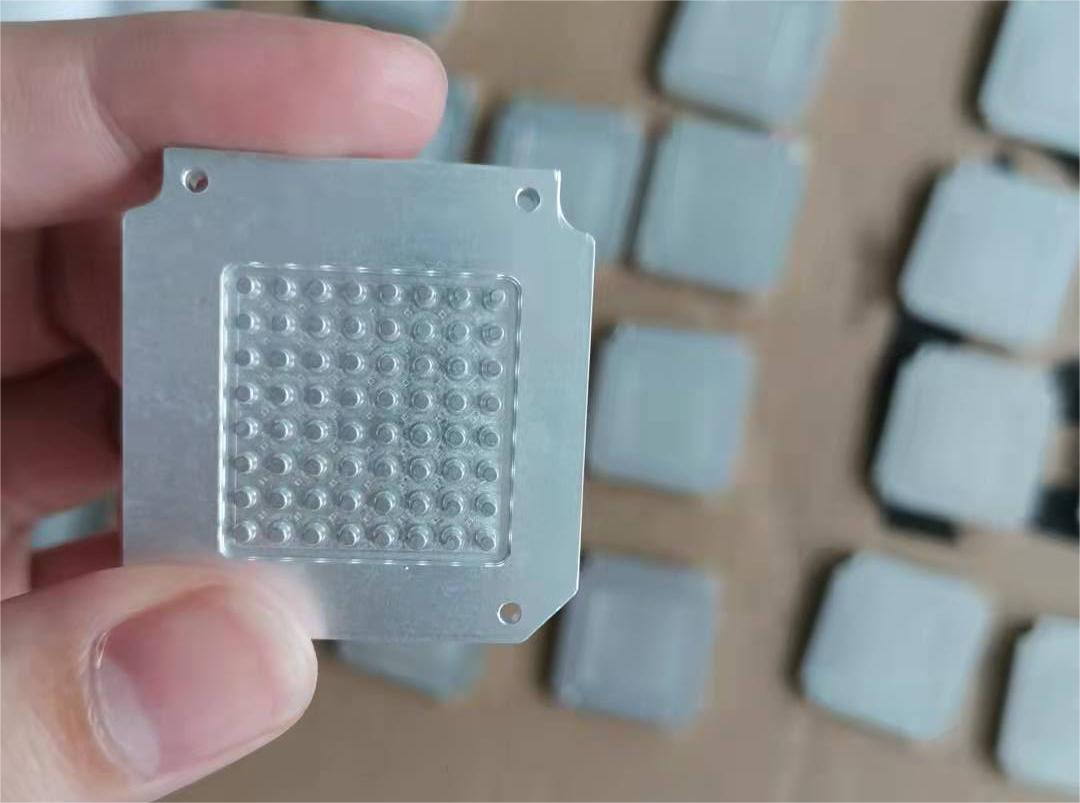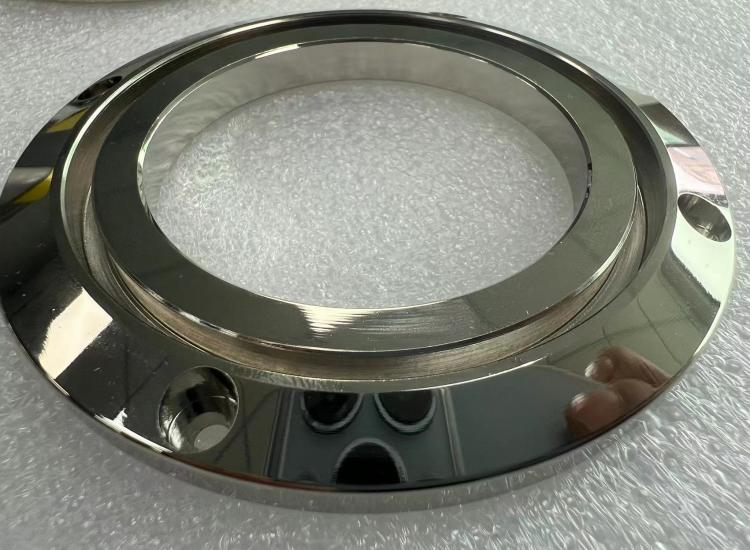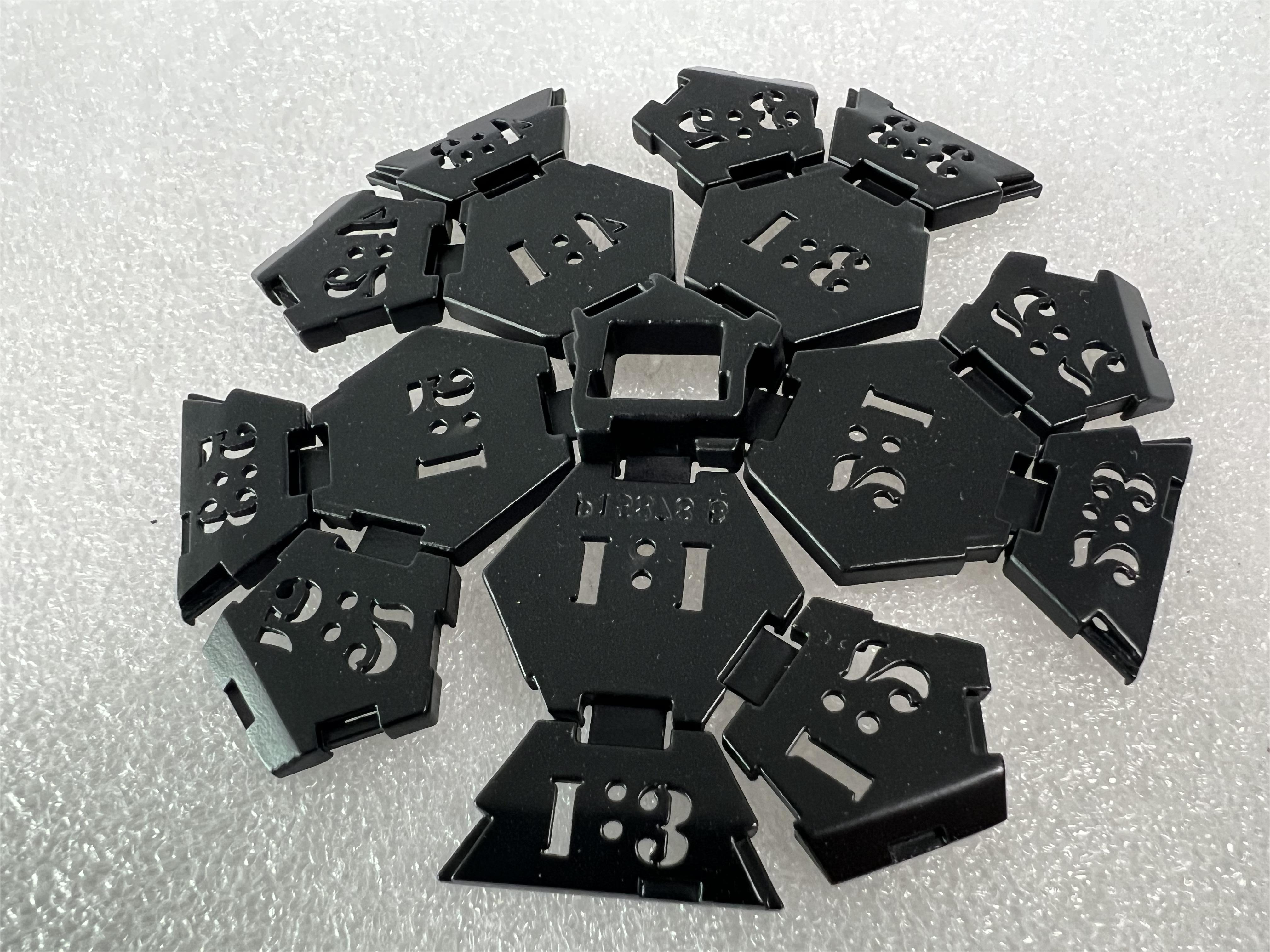Hard chromium electroplating
Electroplating process:
A technology that uses the principle of electrolytic cells to deposit metal coatings on mechanical products that adhere well but have different properties and base materials. The electroplated layer is more uniform than the hot dip layer and is generally thinner, ranging from a few microns to dozens of microns.
Through electroplating, decorative protective and various functional surface layers can be obtained on mechanical products, and workpieces with wear and processing errors can also be repaired.
Process characteristics:
The cathode current has high current efficiency, up to 22-26%
The usable current density is as high as 60 amps/square decimeter, thus greatly increasing the deposition speed.
Unlike other mixed catalyst chromium plating processes, RC-25 does not contain fluoride and will not corrode the low current areas of the workpiece.
The microhardness of the coating reaches 1000-1100KHN100. The number of microcracks in the coating can reach 1000/inch, thus improving the corrosion resistance.
The coating is smooth, fine and bright, and the thickness of the coating is uniform, reducing excessive deposition at high current densities.
Will not corrode lead-tin anode, no need to use special anode and cathode materials
The pre-treatment process, anode, plating tank, etc. are the same as the general traditional chrome plating process.












